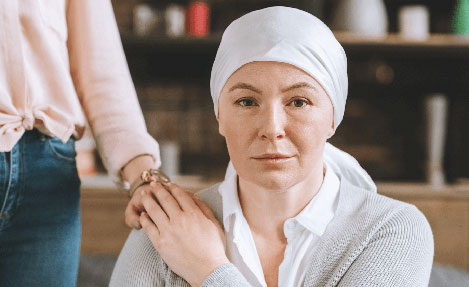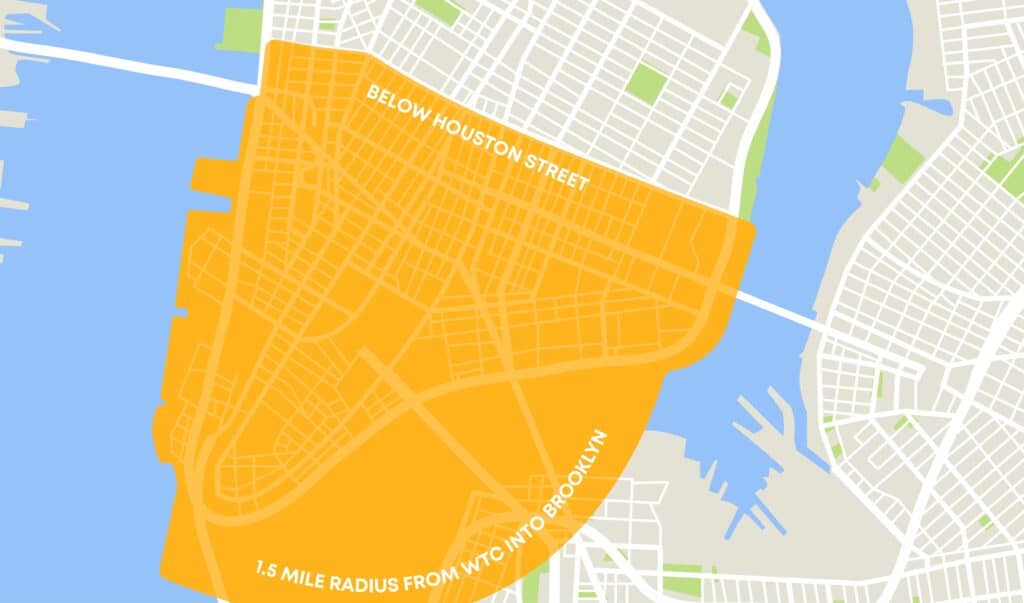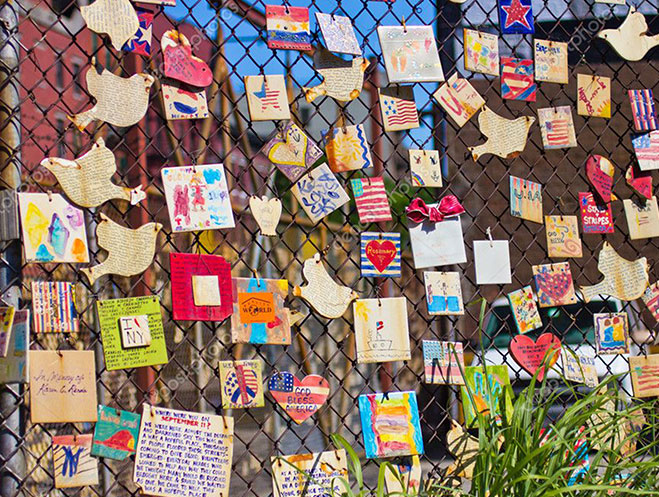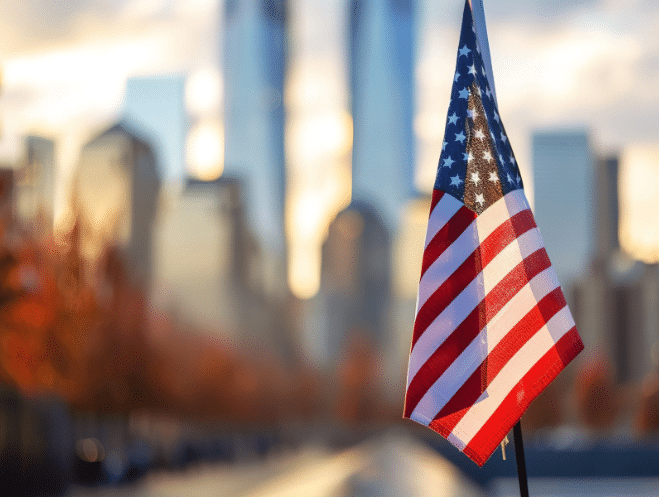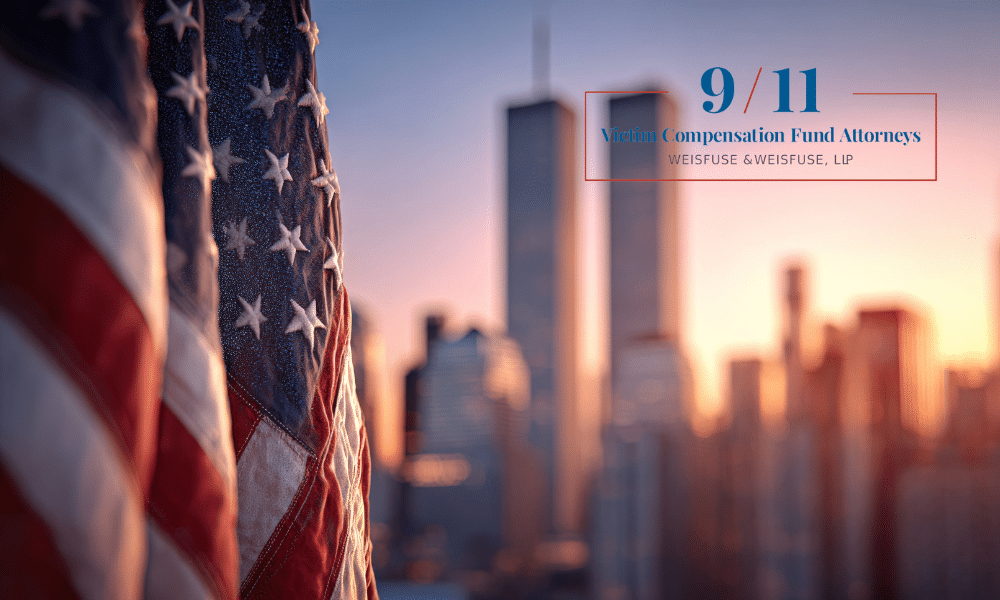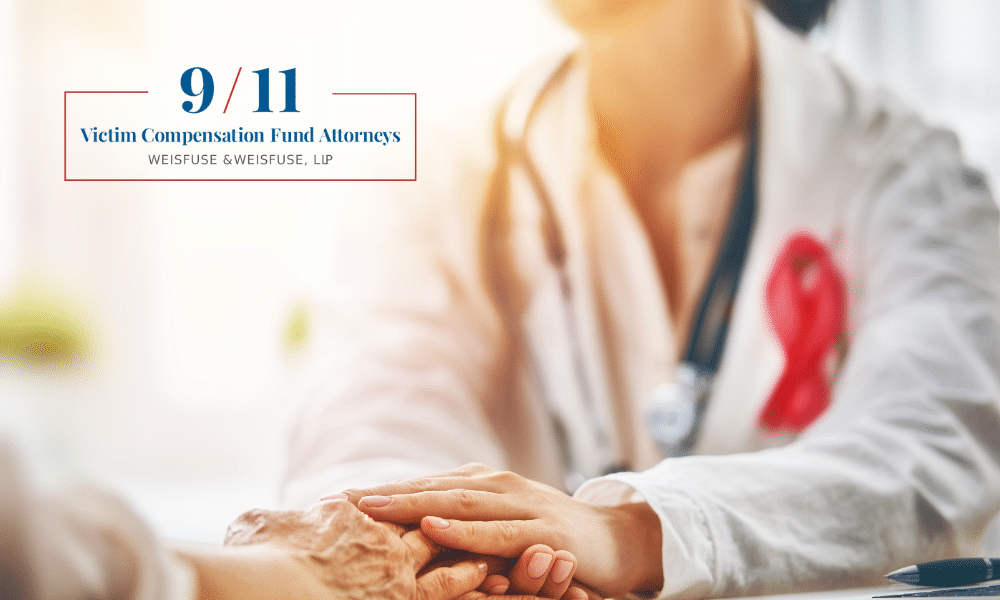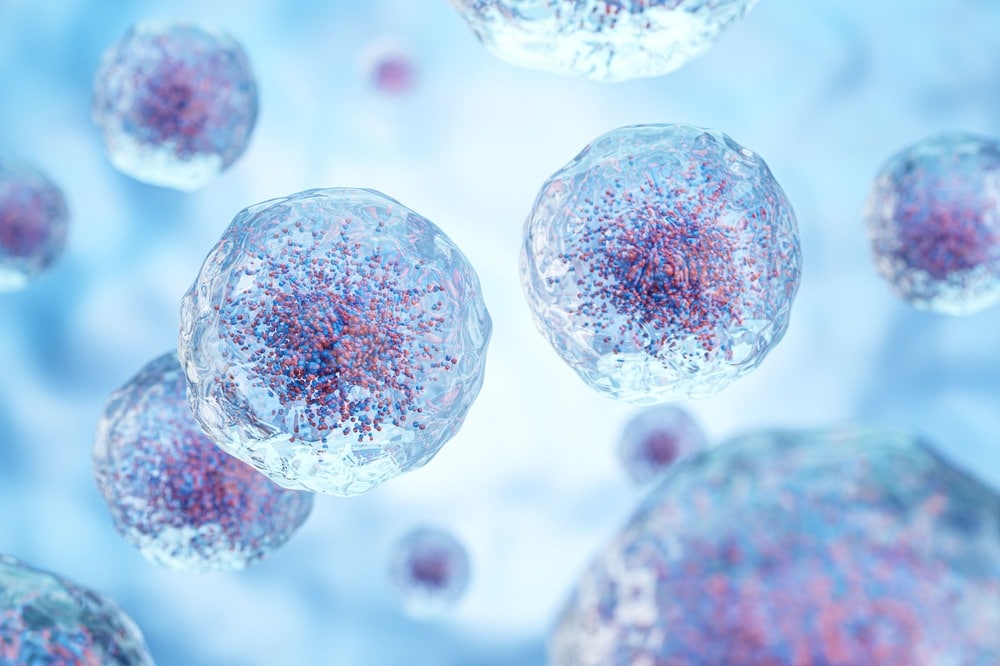
Blood cancer or leukemia is one of over 70 cancers that have been linked to the dust cloud that arose in the aftermath of the 9/11 attacks. This is still causing health issues today for those who were in the exposure zone in the days, weeks, and months after the planes hit the buildings.
Responders dedicated hours to rescue, recovery, and clean-up efforts while residents, students, and workers returned to Manhattan and breathed air that they were promised was safe.
Their sacrifices have come with a heavy price for many—with a range of 9/11-related cancers and other serious health conditions related to breathing in the toxic chemicals from the dust cloud.
Fortunately, help is at hand for those present in the exposure zone and affected by leukemia in the years after 9/11—with free medical monitoring and treatment from the World Trade Center Health Program (WTCHP) and compensation available from the Victim Compensation Fund (VCF).
What is leukemia?
Leukemia is a blood cancer, beginning in the bone marrow, where blood cells are produced. Abnormal white blood cell growth is the most common form of leukemia. If left untreated, the abnormal cells start to affect normal bodily function.
However, the symptoms of leukemia and the prognosis for those affected can vary according to the type of cancer.
Typically, the symptoms of leukemia include some or all of the following: fatigue, fever, frequent infections, pale skin, unexplained weight loss, bloating, bleeding, easy bruising, headaches, seizures, and dizziness.
Many of the symptoms of leukemia can easily be attributed to other conditions and so the disease can be difficult to detect without regular monitoring and health checkups. Sometimes, leukemia is only diagnosed when the disease is already at an advanced stage, impacting the prognosis.
The four main types of leukemia are:
A rise in leukemia cases post-9/11
Studies since the 9/11 attacks have demonstrated how responders, residents, workers, and students who spent time in the exposure zone after the attacks and inhaled the toxic dust and fumes have an increased risk of many types of cancer, including leukemia.
The studies are backed up by data from the WTCHP, which indicates higher rates of leukemia among 9/11 responders and survivors compared to the general population. This is especially the case for police officers, firefighters, and other rescue and recovery personnel who had to work at close quarters with the dust and debris for long periods.
Many faced prolonged exposure to known carcinogens such as benzene, asbestos, heavy metals, and dioxins. Benzene exposure, in particular, has been strongly linked to blood cancers.
However, the toxic cloud, which enveloped the area around the Twin Towers for many months after the attacks, also affected the health of many thousands of other survivors besides responders.
Because certain cancers often develop relatively slowly, they may be barely detectable until their later stages. The importance of the WTCHP cannot be overstated for regular health monitoring and screening for cancers, as well as potential early-stage treatment and support from medical professionals.
Leukemia treatments for 9/11 survivors
For 9/11 survivors suffering from leukemia, a variety of treatment options may be available, depending on the type and stage of the blood cancer and the general condition of the patient. Unlike with many other cancers, surgery is not an option with blood cancer. Instead, the following treatment options may be considered:
- Chemotherapy: Traditionally, a variety of drugs are administered orally or intravenously to kill cancer cells or stop their growth. This type of treatment is often untargeted, killing healthy cells as well as cancerous cells and resulting in a range of side effects.
- Targeted therapy: Drugs are used to specifically target cancer cells, sparing healthy cells, and reducing the side effects, e.g., tyrosine kinase inhibitors (TKIs) for chronic myeloid leukemia.
- Radiotherapy: High-energy beams are used to destroy cancer cells or shrink tumors.
- Stem cell transplant (bone marrow transplant): A procedure that replaces damaged bone marrow cells with healthy stem cells to restore normal blood cell production.
Immunotherapy: A treatment that relies on the body’s immune system to identify and attack cancer cells more effectively.
Leukemia support through the WTCHP & VCF
Nobody diagnosed with 9/11-related leukemia now or in the future has to face the condition alone. Help and support are available via federal government programs that cover those exposed to the toxic dust cloud for cancer, should it develop at any stage of their lives.
The WTCHP provides comprehensive medical care for all certified 9/11-related health conditions, including blood cancer. By registering with the program, survivors can benefit from free medical monitoring, cancer screening, specialist consultations, and the latest leukemia treatments.
The VCF provides much-needed financial assistance for those affected by leukemia. Many victims are unable to work and, consequently, rely on compensation awards from the VCF to support their families. As well as lost earnings and out-of-pocket medical expenses, VCF awards may also cover pain and suffering resulting from the condition.
To file a claim with the VCF, applicants must submit proof of presence in the exposure zone between September 11th, 2001, and May 30th, 2002, as well as proof of a 9/11-related health condition and evidence of losses incurred. This is often easier with the help of a dedicated 9/11 victim attorney.
To discuss your situation and learn more about how we may be able to help you, please call Weisfuse & Weisfuse, LLP at 212-983-3000 or contact us online to schedule a free consultation.
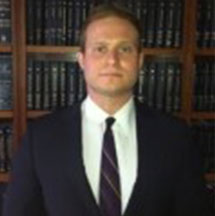
About Jason Weisfuse –
9/11 Victim Compensation Fund Attorney
About Jason Weisfuse –
9/11 Victim Compensation Fund Attorney
Jason E. Weisfuse is a seasoned 9/11 cancer attorney and managing partner at Weisfuse & Weisfuse, LLP, a New York City-based law firm dedicated to representing individuals affected by the September 11th attacks. Since the establishment of the September 11th Victim Compensation Fund (VCF), Jason has been instrumental in assisting first responders, survivors, and families in securing the compensation and medical benefits they deserve.
With a Juris Doctor from New York Law School (2009), Jason brings extensive experience regarding the 9/11 Victim Compensation Fund to his practice. His deep understanding of the VCF and the World Trade Center Health Program (WTCHP) has enabled him to navigate complex claims processes effectively, resulting in substantial awards for his clients.
Jason’s commitment to the victims in the 9/11 community is evident through his active involvement in professional organizations such as the New York State Trial Lawyers Association and the American Association for Justice. He has also contributed to legal discourse with publications in the New York Law Journal, reflecting his dedication to legal excellence and advocacy.
At Weisfuse & Weisfuse, LLP, Jason continues to provide compassionate and knowledgeable representation, ensuring that those affected by 9/11 receive the support and compensation they are entitled to.
